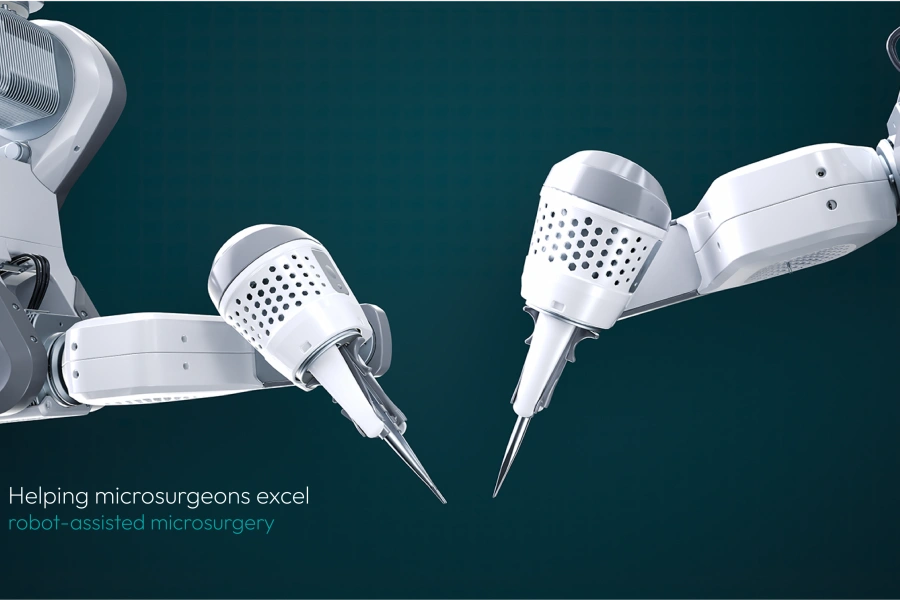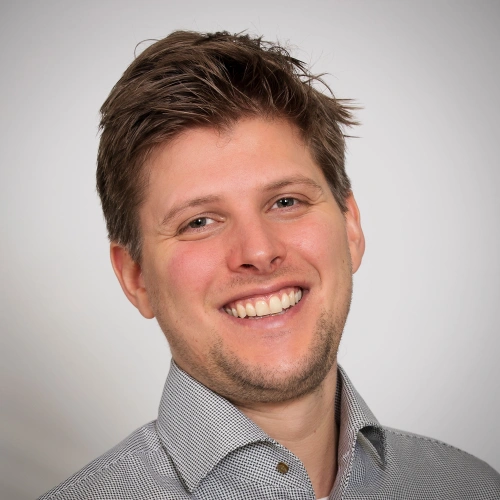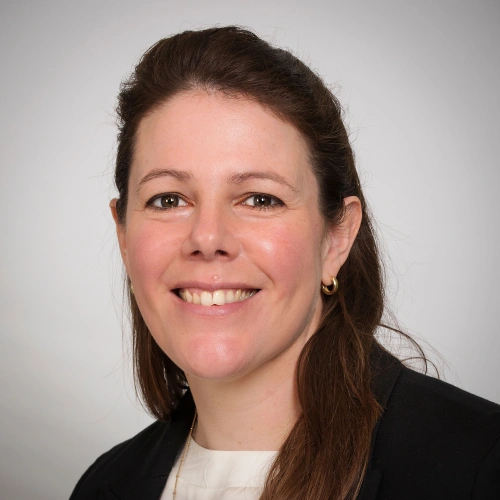The Eindhoven-based medtech startup Microsure develops the MUSA, a microsurgical operating robot with unprecedented precision.
Microsure was founded in 2016 through a clinical inquiry from the Maastricht University Medical Center+ (MUMC+) in collaboration with the tech expertise of the Eindhoven University of Technology (TU/e). The company established itself in the Science Park in Eindhoven, a prominent hub and breeding ground for innovation. From there, a team works on the development of the microsurgical robot called MUSA.
Supermicrosurgeons suture the smallest structures. In doing so, they work on the edge of what is humanly possible. The microsurgeons must remain focused during long procedures where the smallest anatomical structures are sutured together. Microsure's robot assists in suturing with high precision at all times, ensuring that patients receive the best possible care. Microsure's latest microsurgical robot, MUSA-3, offers added value in reconstructive and neurosurgery, for example in reattaching a finger or reconstructing the breast after breast cancer.
Want to further develop your medtech innovation?
Contact us
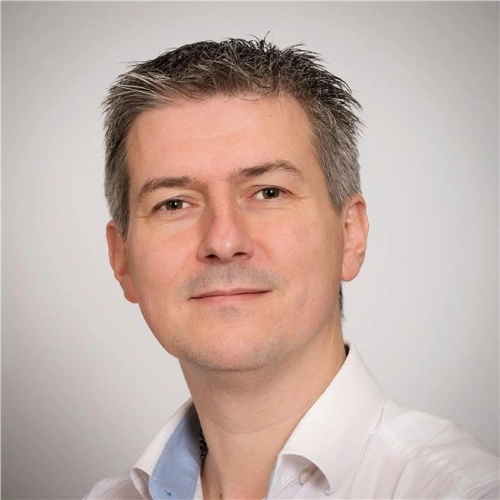
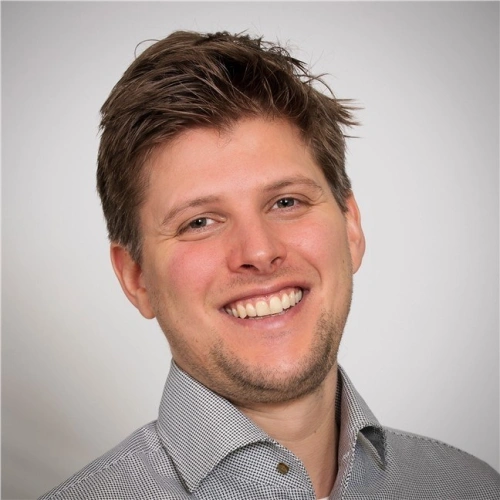
The robot has submillimeter precision, allowing lymphatic vessels, nerves, and blood vessels smaller than a millimeter to be sutured. This is done with a thread even thinner than the average human hair. The surgeon sits ergonomically in a console and looks at the screen of the digital/hybrid microscope. The movements of the joysticks, made by the surgeon, are scaled, and hand tremors are eliminated. The surgeon's own reusable instruments are used in MUSA-3. These instruments are reliable, used in the operating room every day, and the surgeon is accustomed to operating with these instruments. The instruments are also reusable, meaning they can be cleaned after the operation and used again in the next surgery. This reduces waste and costs compared to instruments that need to be discarded after each surgery.
Lilja Siemelink, Clinical Director Microsure: “We see a lot of enthusiasm in the field to start working with the robot. Initially, the focus was solely on making hand movements more precise during vascular connections, but it is increasingly clear that the added comfort and calmness offer significant value for the surgeon. We also understand that young surgeons progress through the learning curve much faster with the robot, and we hear that it is appreciated when the older generation can continue performing precise surgeries longer thanks to the robot.”
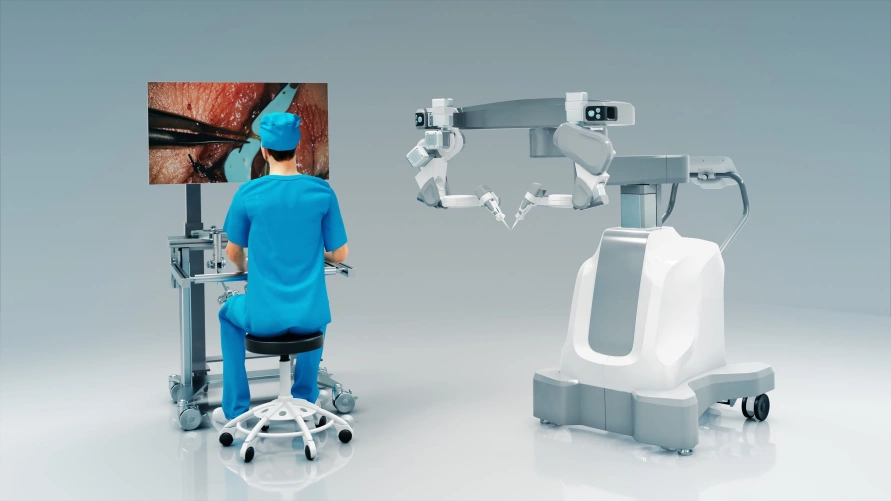
A lot of potential, also many obstacles
In 2019, prior to a second investment round for Microsure, BOM joined. Paul Vernooij, Investment Manager at BOM: “Surgical robotics is a crucial development to improve healthcare and make it more sustainable. And that is one of BOM's key themes. Surgical robotics significantly enhances human capabilities. On one hand, because certain operations can be performed by more doctors with the help of a robot. And on the other hand, robots enable procedures and surgeries that were previously impossible. We see a lot of potential in Microsure's unique technology and how they have translated it into an application in MUSA.”
Transitioning from research to a commercial position is an extremely long and complicated journey in robotic surgery. As a result, many startups in this domain fail to bring their system to market. For example, because they have to work around other patents, are overtaken by (foreign) competitors, or because their product eventually proves too expensive or unsuitable for the application. There lies an important role for BOM.
Stephan Hulsbergen, Venture Developer Medical Technology at BOM: “In 2021, Microsure went through the components Ready, Game, Set & Match of our Startup Readiness Program. This focused particularly on customer research and developing suitable propositions.”
Sjaak Deckers, CEO Microsure: "The Startup Readiness Program was essentially the start of an internal project for us to take a broader look once again at all customer requirements to be truly certain that we are designing the best possible robot for microsurgeons. In this way, BOM, along with other early investors, has indeed helped to make our proposition suitable for a broader group of investors. Additionally, the direct involvement in forming a good Supervisory Board (SB), and BOM's presence as an observer in the SB, has also contributed.
MUSA on the way to market
BOM invested in Microsure in 2019, together with existing investor Innovation Industries Fund (IIF). In the period 2020-2022, IIF, BOM, Invest-NL, and several private family offices invested approximately 8 million euros to enable the development of MUSA-3. Additionally, Microsure has secured an EIC-Accelerator Grant.
Bas Naarding, Director of Finance Microsure: "The international experience of the investors is crucial to approaching the right international networks."
MUSA-2, launched in 2019 and the predecessor of MUSA-3, is the first CE-certified microsurgical robot. MUSA-2 has been used during various clinical studies. The feedback collected during these studies and from professionals has been used for the development of MUSA-3.
MUSA-3 builds on the strength and successes of MUSA-2 and offers improved mobility, reach, and stability, enabling various wound surfaces to be reached with ease. Additionally, there is seamless integration with surgeons' own micro-instruments. MUSA-3 is designed to revolutionize the field of microsurgery.
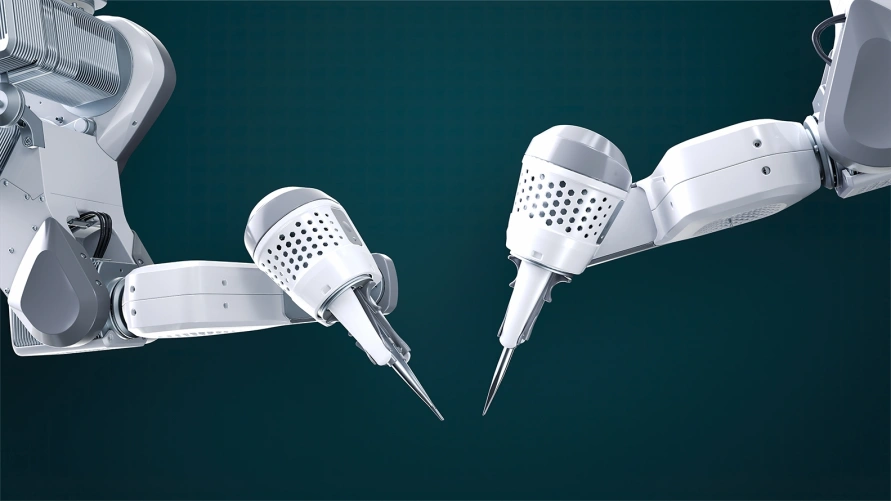
In September 2023, Microsure raised an additional 38 million euros in funding. This financing will allow Microsure to complete the development of its latest microsurgical robot, MUSA-3, for clinical studies, followed by approval by the FDA in the US and CE marking in Europe. The 38 million euro development capital comes from a group of Dutch and international strategic investors, including the European Innovation Council Fund (EICF), Kineo Capital, and Invest-NL.
MUSA-3 is expected to be market-ready in 2025. Until then, clinical studies will be conducted at institutions including MUMC+ with the predecessor MUSA-2, to learn as much as possible from the robot operations in order to optimize them. Additionally, an in vitro study in Uppsala with 20 microsurgeons who sutured more than 200 anastomoses (artificial blood vessels of 2 millimeters, ed.) together showed a remarkably rapid learning curve for surgeons incorporating MUSA-3 into their practice. Other in vitro studies emphasize the ergonomic benefits for surgeons and neurosurgical applications of the technology.
At home in Brabant
For decades, technologies requiring utmost precision and high complexity have been built in North Brabant. The medical sector is closely connected with the advanced high-tech ecosystem and specialized technical universities. Moreover, Brabant is home to a large number of robotics suppliers and programmers, meaning specialized components are easily accessible and do not always need to be shipped from the other side of the world. In many cases, these advanced components can be produced within the province.
Mercedes Tuin, Investment Manager at BOM: “The value chain is complete in Brabant. As BOM, we strive to further grow and connect the ecosystem. By organizing events. And by actively conducting acquisitions with our colleagues from Internationalization. New knowledge is continuously developed. Technologically. But also about making systems and companies robust, the regulatory pathway, the relationship with doctors, feedback from hospitals. Within Microsure, a lot of knowledge is generated that benefits the rest of the ecosystem as well. And vice versa.”
Microsure feels very much at home in the region and also makes full use of the expertise of the medtech value chain in Brabant, which includes the university and regional suppliers.
Rene Wenmekers, Director Quality and Regulatory Microsure: “The ecosystem in Southeast Brabant is very versatile, with large companies in semiconductors and healthcare, but also a large group of smaller companies. We work closely with MTA Group, one of those high-quality suppliers in the region that has a lot of complementary knowledge of robot manufacturing.”
This was the contribution of BOM in the Microsure case
Developing
- Offering and guiding during the Startup Readiness Program with a focus on customer research and developing suitable propositions
- Advised in the customer discovery phase; various customer segments were defined, one of which is a clearly first segment with a clear price point.
Investing
- Investment in 2019 together with existing investor Innovation Industries Fund (IIF).
- Follow-on investment together with IIF, Invest-NL, and several private family offices to facilitate the development of MUSA-3.
- In recent years, BOM has continued to support the company (financially) in the lead-up to the current Series B2 investment round.
- Together with existing and new investors, a round totaling EUR 38m invested in the company.
